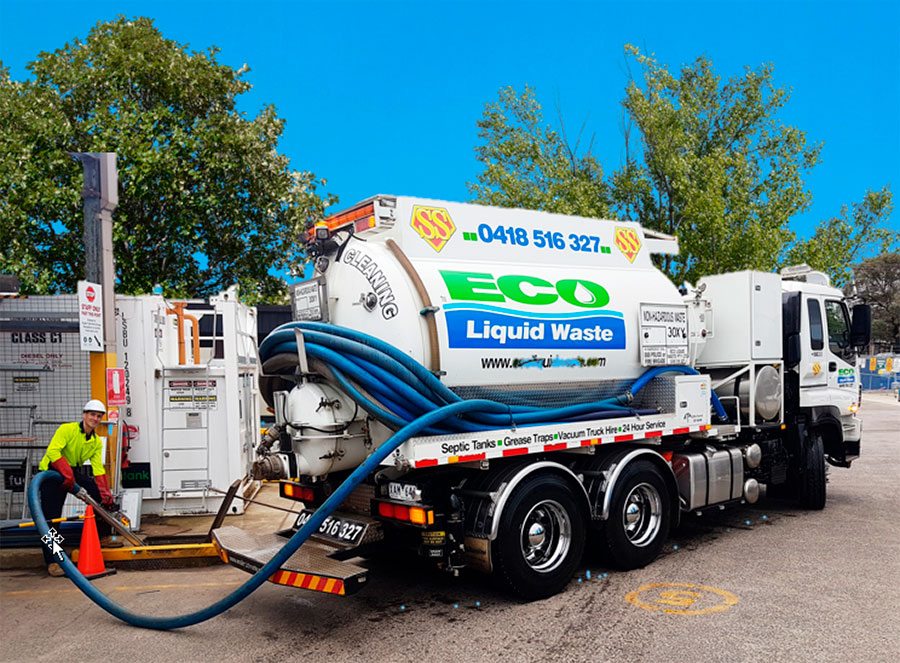The 25-Second Trick For Reclaim Waste
The 25-Second Trick For Reclaim Waste
Blog Article
Reclaim Waste for Beginners
Table of ContentsHow Reclaim Waste can Save You Time, Stress, and Money.The Best Strategy To Use For Reclaim WasteUnknown Facts About Reclaim WasteHow Reclaim Waste can Save You Time, Stress, and Money.Things about Reclaim Waste
Domestic sewer waste refers to the waste and products from a domestic septic storage tank. The correct management and disposal of residential sewage waste require liquid waste to be moved to a sewer treatment plant where the appropriate approaches and equipment are applied to cleanse and dispose of waste.
Industrial waste commonly includes potential dangers, such as flammable materials or a combination of fluid and solid waste items, and needs a much more innovative and detailed disposal process. The disposal of business waste typically entails the purification of waste prior to transportation to ensure secure and appropriate disposal. Industrial waste is developed from by-products and runoff of industrial procedures and manufacturing.
This type of waste can not utilize the exact same sewer administration transport or processes as septic or commercial fluids. The hazardous waste administration procedure requires the evaluation and testing of fluid waste before it undergoes the disposal procedure (liquid waste removal melbourne). Runoff waste is the fluid waste that originates from runoff and excess stormwater in extremely inhabited areas or cities
Overflow waste can cause contamination and flooding if not dealt with effectively. Ensuring proper waste management can stop disasters and reduce environmental damage.
The Single Strategy To Use For Reclaim Waste
Contact PROS Services today to learn more about our waste management and disposal solutions and the correct methods to care for the fluid waste you produce.
(http://peterjackson.mee.nu/do_you_ever_have_a_dream#c2256)Do you recognize what occurs to your water when you end, flush the bathroom or drain pipes the cleaning maker? No? Well, it deserves knowing. This so-called 'wastewater' is not only an essential resource yet, after treatment, will certainly be launched to our land, waterways or the sea. Made use of water from commodes, showers, baths, cooking area sinks, laundries and commercial procedures is called wastewater.

water utilized to cool down equipment or tidy plant and tools). Stormwater, a kind of wastewater, is overflow that flows from agricultural and metropolitan locations such as roofing systems, parks, gardens, roadways, courses and rain gutters right into stormwater drains pipes, after rainfall. Stormwater flows untreated straight to regional creeks or rivers, at some point reaching the ocean.
The Only Guide to Reclaim Waste
In Queensland, most wastewater is dealt with at sewage therapy plants. Wastewater is transferred from domestic or commercial websites through a system of drains and pump terminals, called sewage reticulation, to a sewage treatment plant. City governments develop, preserve and operate most sewer treatment plants. Operators are certified under the Environmental Protection Act 1994 to discharge cured wastewater at an acceptable environmental standard right into rivers.
The Division of Natural Resources recommends city governments regarding handling, operating and preserving sewage systems and therapy plants. In unsewered areas, regional federal governments might need homeowners to install individual or household sewer therapy click for more info systems to treat domestic wastewater from bathrooms, cooking areas, bathrooms and washings. The Division of Natural Resources authorises using home systems when they are shown to be efficient.
Most stormwater receives no treatment. In some brand-new class, treatment of some stormwater to eliminate clutter, sand and crushed rock has started using gross contaminant catches. Wastewater treatment happens in four stages: Removes strong issue. Larger solids, such as plastics and other items incorrectly discharged to sewers, are removed when wastewater is travelled through displays.
Wastewater then moves right into big containers where solids work out and are eliminated as sludge. Oil and scum are skimmed from the surface. Makes use of small living organisms knows as micro-organisms to damage down and get rid of continuing to be dissolved wastes and great fragments. Micro-organisms and wastes are incorporated in the sludge. Gets rid of nitrogen and phosphorus nutrients that can create algal blossoms in our rivers and intimidate water life.
Reclaim Waste - The Facts
Nutrient elimination is not available at all sewage therapy plants due to the fact that it needs pricey specialised tools. Clear fluid effluent generated after therapy might still include disease-causing micro-organisms - liquid waste removal melbourne.

This typically indicates wastewater has to be treated or impurities removed prior to it can be released to waterways. Most wastewater flows right into the sewerage system. Under the Act, neighborhood federal governments carry out approvals and permits for ecologically relevant tasks (Ages) entailing wastewater launches that might have a neighborhood effect. The division provides authorizations and permits to Ages including wastewater releases that may have a regional or statewide effect.
Reclaim Waste Fundamentals Explained
Monitoring provides accurate information concerning water quality and can validate that permit conditions are being fulfilled. The details gotten with tracking provides the basis for making water quality choices.
Report this page